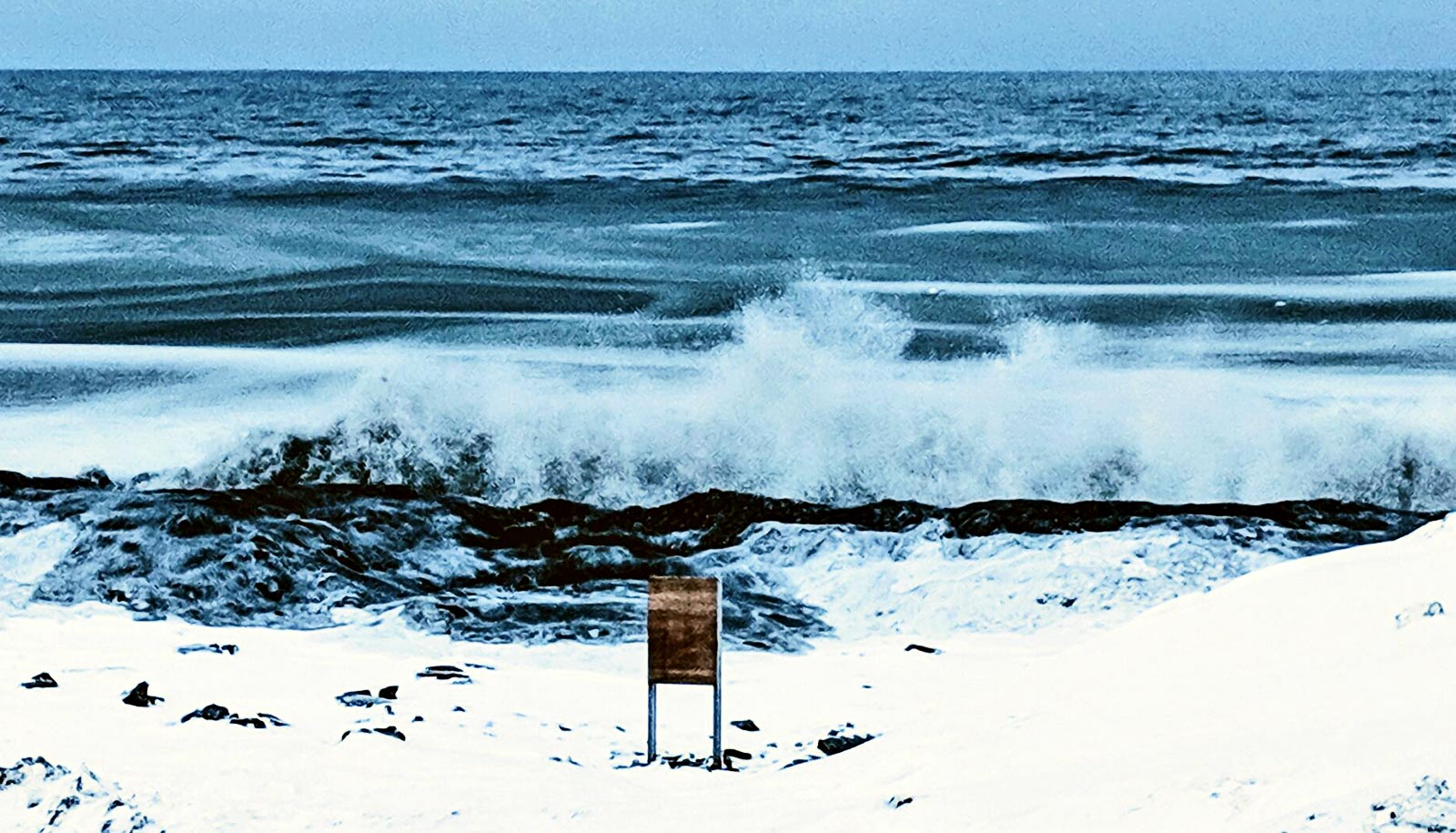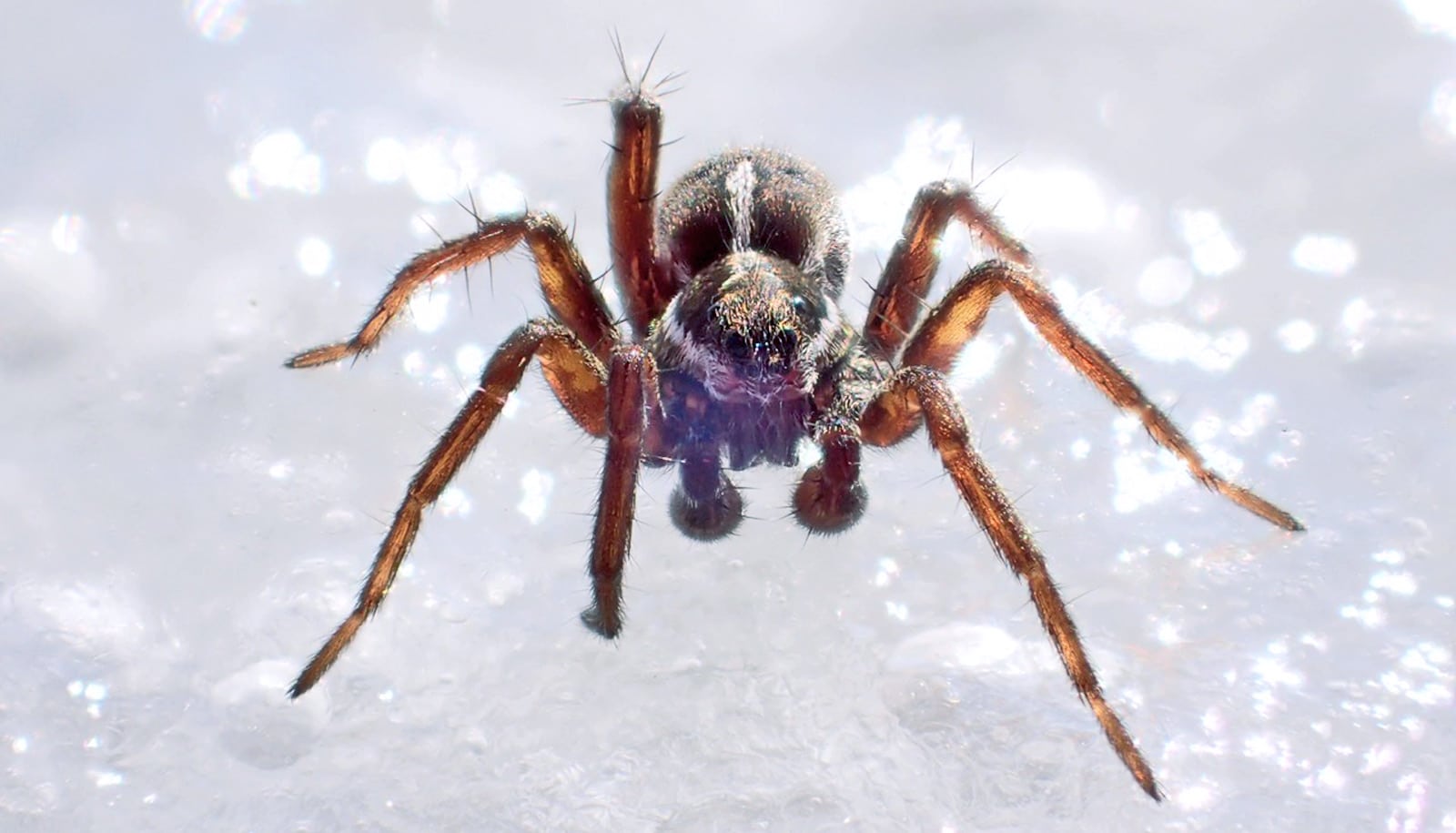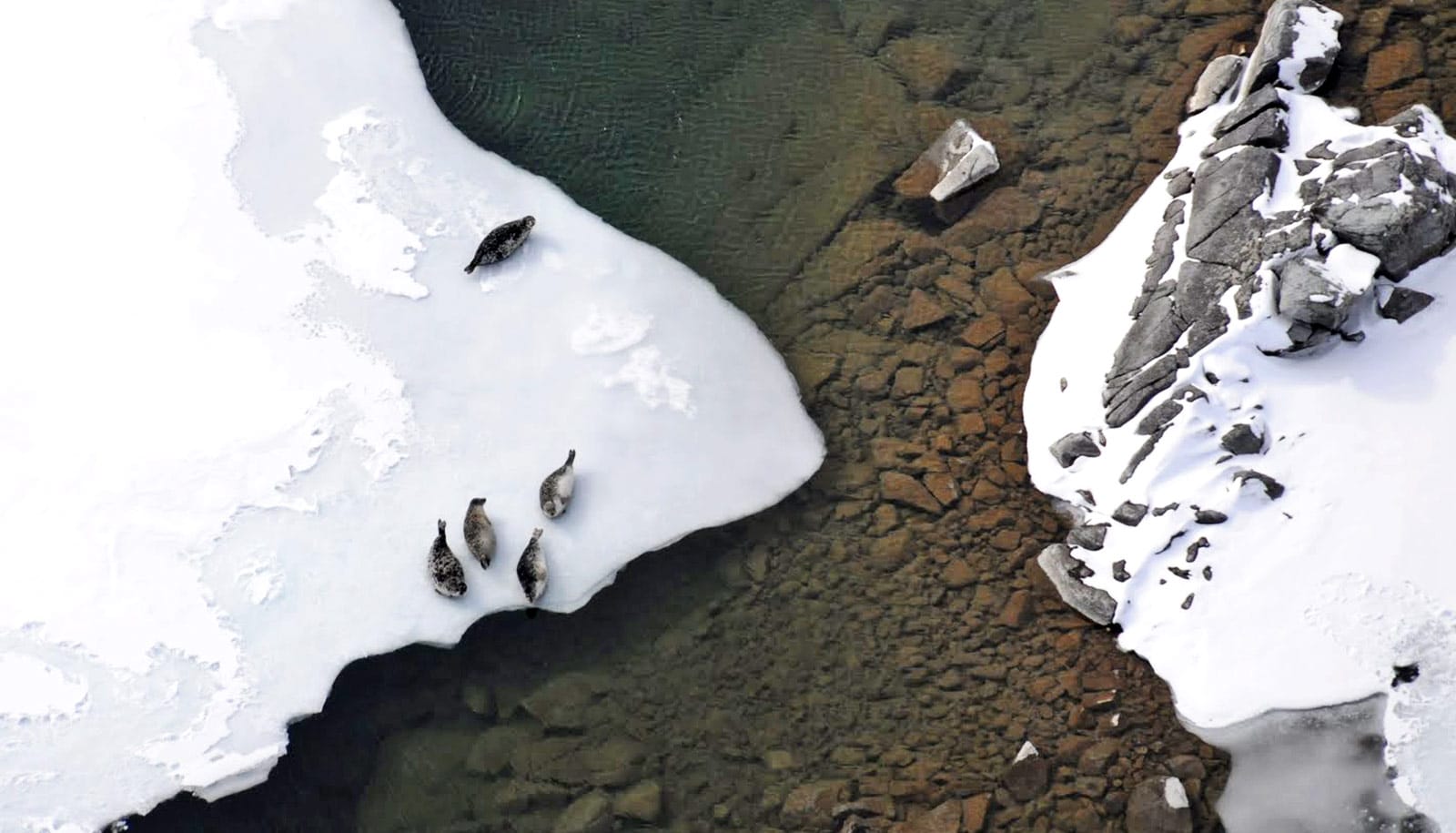The Arctic is warming faster than any other place on Earth, leading to the formation of sea spray aerosols similar to what researchers see in California appearing during the Arctic winter, according to a new study.
Summertime Arctic sea ice cover is the second lowest on record, according to the National Snow and Ice Data Center’s Arctic report card 2019, continuing a rapid decline over the past several decades. That trend has continued into the fall, with ice in the Chukchi Sea northwest of Alaska at its lowest level on record, according to climate experts at the University of Alaska Fairbanks.
The thinning wintertime sea ice cracks, creating open water called “leads.” These leads can be over a half mile across, and researchers have discovered they are the dominant source of aerosols in the coastal Alaskan Arctic during the winter.
“We found that the sea spray aerosol was dominating atmospheric particulate matter population at a time when we didn’t expect it to be there,” says senior author Kerri Pratt, assistant professor of chemistry at the University of Michigan. “The composition tracks what you would see in the midlatitudes, off the coast of California during an algal bloom.”
Sea spray aerosol emissions
The researchers collected atmospheric particles at Utqiaġvik, Alaska, an Arctic coastal site at the northernmost point in Alaska, during January and February 2014. Using computer-controlled scanning electron microscopy, they examined thousands of tiny particles individually, determining each particle’s shape and elemental composition.
Then, through collaboration with Andrew Ault, assistant professor of chemistry, they used Raman microspectroscopy, which determines organic composition based on how molecules vibrate when a laser excites them. With this method, they were able to match the organic composition of the sea spray aerosol particles to marine compounds produced by sea ice algae and bacteria.
“Not only do we expect increasing sea spray aerosol emissions with more leads and greater open water area occurring during the winter, but in this study we also observed a unique chemical composition in the wintertime aerosols,” says lead author and recent doctoral graduate Rachel Kirpes.
“There have been very few studies of aerosol composition in the Arctic winter, and this information is needed to better understand wintertime climate impacts like aerosol influence on cloud formation.”
Aerosol ‘fingerprints’
Examining each particle in this way told the researchers that the aerosols differed from aerosols collected in the summer. The winter-collected particles had a thick organic coating composed of “exopolymeric substances”—substances that sea ice algae and bacteria produce that protect them from freezing. Samples collected in September, when the sea ice is now hundreds of miles away, did not have this kind of coating.
“The sea ice bacteria and algae are producing these cryoprotectant polymers so they don’t freeze. When air bubbles burst at the seawater surface, these exopolymeric substances coat the sea salt particles produced,” says Pratt, also an assistant professor of earth and environmental sciences.
Fingerprinting the aerosols also showed that the population of sea ice algae and bacteria is different in the summer versus the winter, Pratt says. More open water during the winter in the Arctic means the microbiology of those ocean waters is changing.
“Now, you’re opening up areas of water that weren’t open before. More sea spray aerosol is being produced, and it’s impacted by the changing microbiology,” Pratt says.
“This impacts the atmosphere: these particles can then form cloud droplets, which impacts surface temperature and precipitation. You get a whole cycle where you’re connecting climate change, open water, and microbiology to the changing atmosphere.”
The study appears in American Chemical Society Central Science. The National Science Foundation funded the work.
Source: University of Michigan



